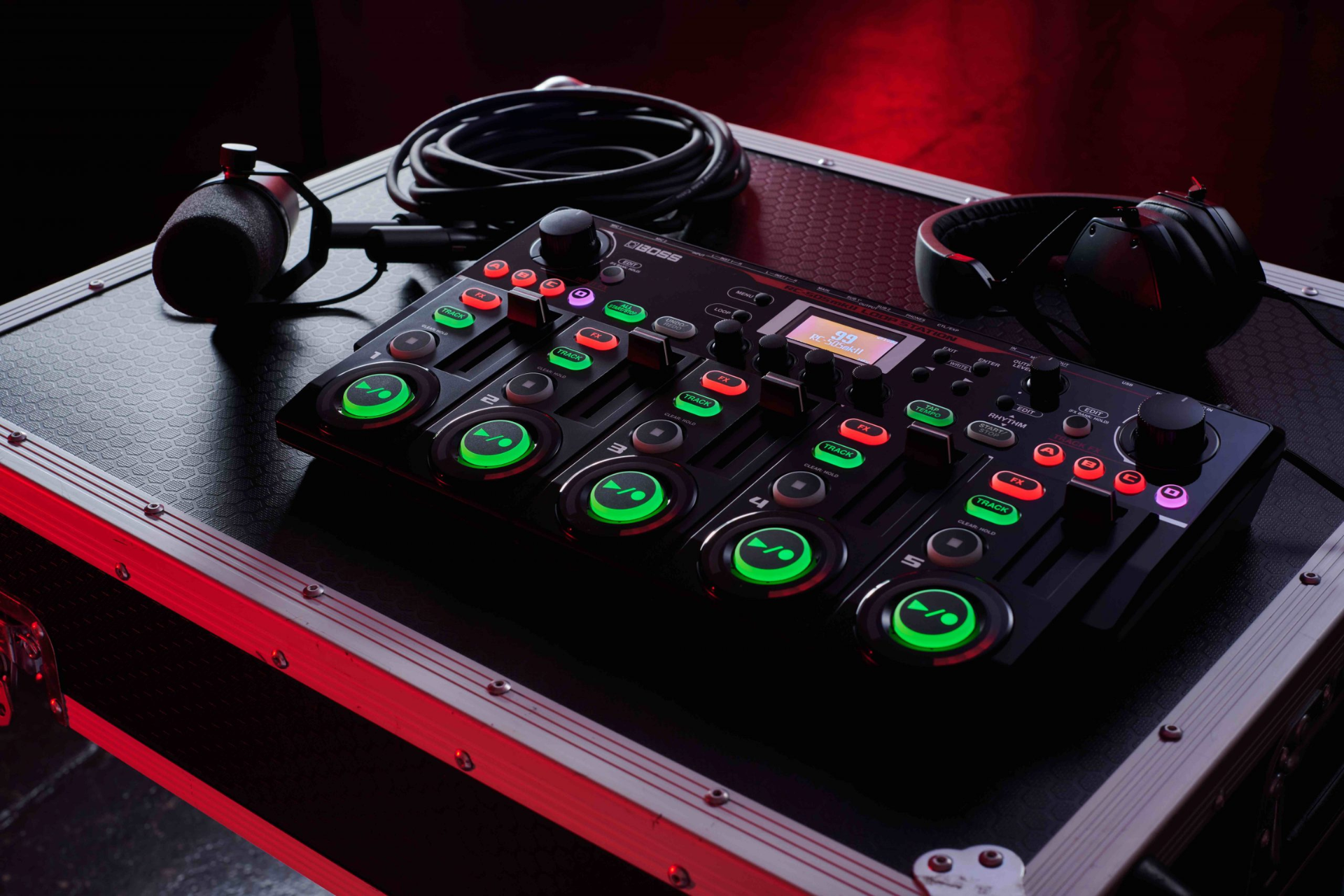General Articles
The Impact of Loop Stations on Music
In recent years, a small but powerful device has been transforming the landscape of music performance and composition: the loop station. This article delves into what a loop station is, how it functions, and the profound effects it has had on the music industry.
What is a Loop Station?
A loop station, also known as a loop pedal or looper, is an electronic device used primarily by musicians to record, playback, and layer multiple audio clips or loops in real-time. Initially popularized by artists like Ed Sheeran and Reggie Watts, loop stations have become indispensable tools across various genres and musical styles.
How Does a Loop Station Work?
A loop station operates by capturing audio input from a microphone or instrument, which is then stored in memory as a loop. Once recorded, this loop can be played back repeatedly, allowing the musician to add additional layers of sound over the initial loop. Most loop stations offer features such as overdubbing (adding layers on top of existing loops), undo/redo capabilities, tempo adjustment, and sometimes even built-in effects like reverb and delay.
The workflow typically involves the following steps:
- Recording: The musician records an initial loop by pressing a pedal or a button to start and stop recording.
- Playback: The loop is played back continuously until the musician decides to record another layer or stop playback.
- Layering: Additional loops can be recorded over the initial loop to build complex arrangements.
- Performance: During live performances, loop stations enable solo artists to create full-band sounds by layering vocals, guitar parts, percussion, and other instruments.
Effects of Loop Stations on Music Creation
The introduction of loop stations has significantly altered the way musicians compose and perform music:
- Solo Performances: Loop stations empower solo artists to create intricate arrangements that previously required a full band. This capability has expanded creative possibilities for singer-songwriters, instrumentalists, and beatboxers.
- Experimental Music: Experimental musicians use loop stations to explore new sonic landscapes by layering unconventional sounds and textures.
- Improvisation: Loop stations encourage spontaneous improvisation during live performances, allowing musicians to respond dynamically to audience reactions and create unique musical experiences.
- Educational Tool: Loop stations serve as valuable educational tools for music students, facilitating the study of rhythm, harmony, and arrangement.
Impact on Music Industry and Performance Culture
The proliferation of loop stations has had profound effects on both the music industry and performance culture:
- Diverse Musical Styles: Artists across genres—from pop and rock to jazz and electronic music—have integrated loop stations into their compositions and performances, contributing to a diverse musical landscape.
- Live Performance Dynamics: Live performances have become more engaging and versatile, as solo artists harness loop stations to captivate audiences with layered compositions and on-the-fly improvisations.
- Accessibility and Innovation: The accessibility of loop stations has democratized music production, enabling aspiring musicians to create professional-quality recordings and performances without costly studio time or extensive production resources.
- Audience Expectations: Audiences now expect a higher level of technical skill and creativity from live performers, as loop stations have raised the bar for solo and small ensemble performances.
Future Trends and Innovations
Looking ahead, the evolution of loop stations continues to shape the future of music:
- Integration with Digital Platforms: Loop stations are increasingly integrated with digital platforms and software, allowing for seamless recording, editing, and sharing of loop-based compositions.
- AI and Machine Learning: Advances in AI and machine learning may lead to intelligent loop stations capable of generating loops based on real-time input, enhancing collaborative and interactive musical experiences.
- Hybrid Performances: Musicians are exploring hybrid performances that combine loop stations with other technologies such as MIDI controllers and virtual instruments, blurring the boundaries between live and electronic music.
In conclusion, loop stations represent a transformative innovation in music technology, empowering musicians with unprecedented creative freedom and expanding the boundaries of live performance.
As these devices continue to evolve, their influence on music creation, performance culture, and the broader music industry is expected to grow, shaping the soundscapes of tomorrow and beyond. Whether used by solo artists on stage or in home studios, loop stations stand as a testament to the enduring power of innovation in music.

